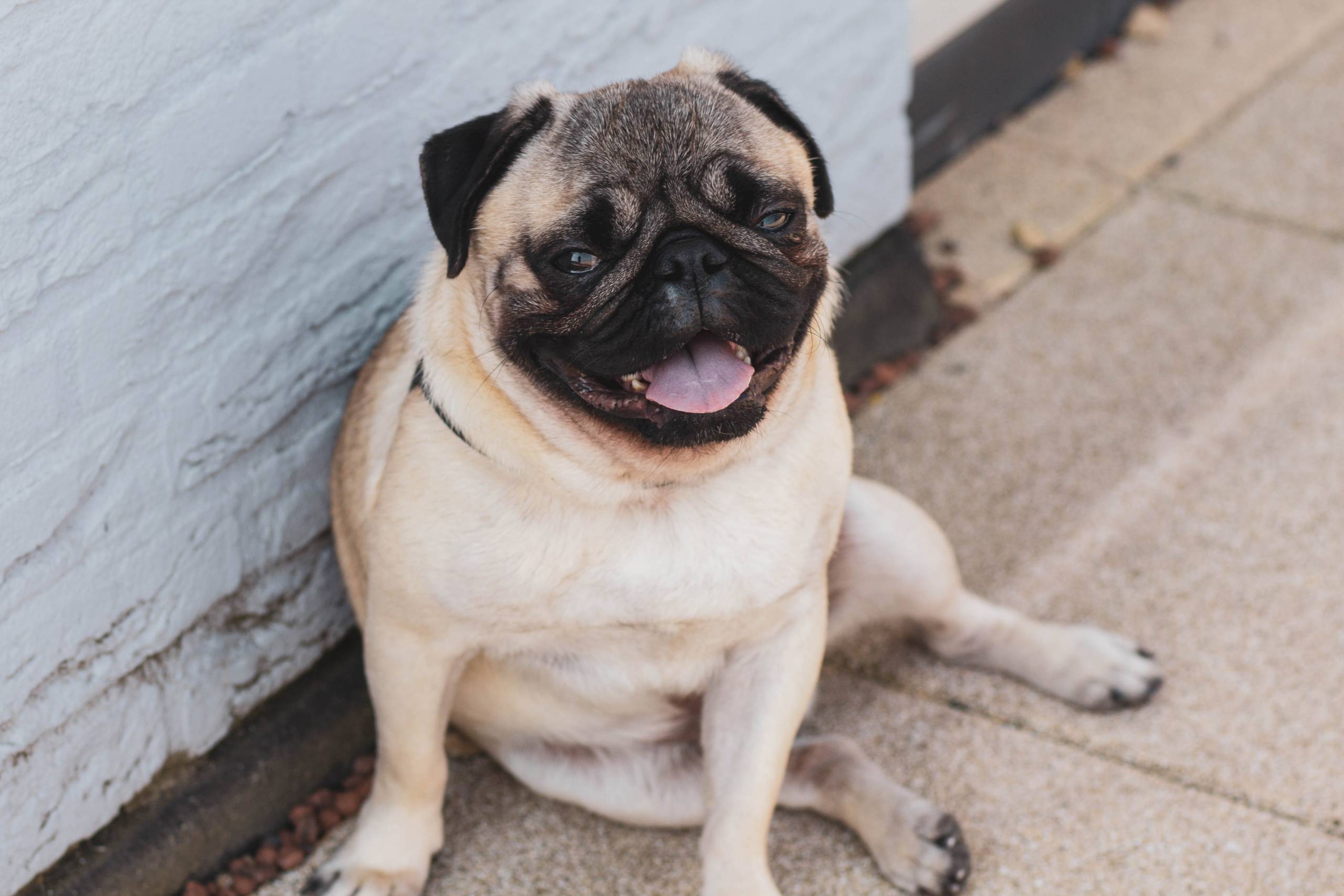
Understanding the Heat Cycle
The heat cycle, also known as estrus, refers to the period during which a female dog is receptive to mating. Unlike humans, female dogs do not experience a monthly menstrual cycle. Instead, they have an estrous cycle, which typically occurs every six to eight months, depending on the breed and individual dog. Understanding this cycle is essential for responsible pet ownership, especially if you’re not planning to breed your dog.
Timing and Frequency
The age at which a dog first goes into heat can vary widely, but it generally occurs between six and 24 months of age. Smaller breeds tend to experience their first heat earlier, while larger breeds may have their first heat cycle later. After the first heat, the interval between cycles can be quite variable, but in most cases, it occurs twice a year. However, some dogs may have irregular cycles or experience changes due to environmental factors, such as daylight and temperature.
Recognizing the Signs
During the heat cycle, a dog may exhibit several physical and behavioral changes. The most noticeable sign is swelling and discharge from the vulva. Additionally, a dog in heat may display increased urination, restlessness, and a heightened interest in male dogs. Some dogs may also become more affectionate, while others may be more irritable. It’s important to keep a close eye on your dog during this time and take precautions to prevent unwanted breeding.
Handling a Dog in Heat
When your dog is in heat, it’s essential to take extra precautions to prevent accidental breeding. This may include keeping her on a leash during walks, closely monitoring her outdoor activities, and ensuring she is separated from intact male dogs. If you have other pets at home, particularly male dogs, it’s important to keep them separated to avoid any potential mating. Additionally, consider discussing spaying with your veterinarian to prevent future heat cycles and potential health risks associated with intact females.
Understanding when a dog goes into heat is an essential part of responsible dog ownership. Being aware of the signs and knowing how to manage your dog during this time is crucial for maintaining her well-being and preventing unwanted pregnancies. If you have any concerns about your dog’s heat cycle or are considering breeding, it’s always best to consult with a veterinarian for personalized advice and guidance.
By being proactive and informed, you can ensure that your dog remains healthy and happy throughout her reproductive cycle. Remember, being a responsible pet owner means being attentive to all aspects of your dog’s health and well-being, including her reproductive health.[/fusion_text]

